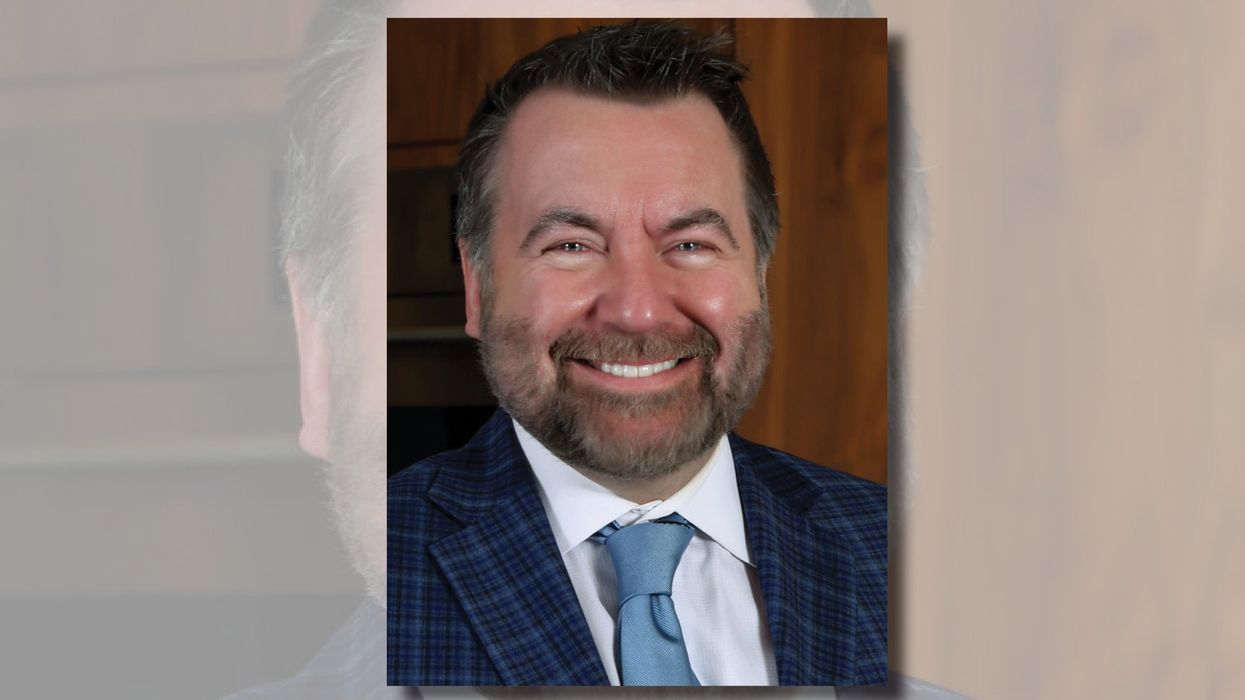In-Demand Soprano, HGO Studio Alum Joins the Symphony for Emotive Strauss Program

Rachel Willis-Sorensen (photo by Olivia Kahler)
THIS WEEKEND, ON June 1 and 2, the Houston Symphony celebrates the work of Richard Strauss with a concert of two very different works: An Alpine Symphony (Eine Alpensinfonie), an epic tone poem completed by Strauss in 1915 that depicts a dawn-to-dusk Alpine mountain ascent and includes subtle references to the music of his close friend Gustav Mahler, who died in 1911; and Four Last Songs, which Strauss completed in 1948 at age 84 and was destined to be the composer’s final completed work. HGO Studio alum Rachel Willis-Sørensen, now one of the world’s most in-demand operatic sopranos, joins Music Director Juraj Valčuha for a performance of these majestic, sublime compositions for voice and orchestra.
“Strauss is like a secret,” says Willis-Sørensen, a tall, blonde, glamourous yet down-to-earth superstar who speaks with refreshing candor about her voice and the beauty and poignancy that lies within Four Last Songs. (She recorded the songs for her 2023 album for Sony Classical.) “You have to get to know the piece well enough that you think you understand what it’s doing, and it will still surprise you.”
Born in Provo, Utah, Willis-Sørensen grew up in Richland, Wash. Thinking back to her childhood, she recalls family sing-a-longs accompanying herself on ukuleles built by her father and hopping off of the living room couch to sing and dance to TV commercials. “As the first person in my family with an interest in classical music, I was an anomaly,” says Willis-Sørensen. After a short-lived dream to play violin with an orchestra, her operatic voice emerged, and in 2008, Willis-Sørensen made her professional debut in Aida as the High Priestess at the Utah Opera Festival. She joined the HGO Studio the following season.
In interviews, Willis-Sørensen will dutifully, if reluctantly, describe herself as “an opulent lyric soprano,” but finds the labels directors and critics use to describe various voice types a bit wanting. “I just try to sing really beautifully. That’s my jam!” says Willis-Sørensen. “I have a big enough voice to be heard over the orchestra, but I also like to sing with as much finesse as I’m allowed.”
The order of Four Last Songs fell into place after Strauss had first composed “Frühling (“Spring”), “September,” and “Beim Schlafengehen” (“Going to Sleep”) to poetry by Hermann Hesse. “Im Abendrot” (“In the Glow of Evening” or “At Sunset”), with words by Joseph von Eichendorff, came later. Strauss’s publisher at Boosey & Hawkes determined the now-familiar ordering, and published the songs posthumously in one continuous score in 1950. Despite the recurring themes of time passing and mortality, Willis-Sørensen finds Four Last Songs very life-affirming, albeit in ways the listener might not expect. “The more I sing them, the more I find in them that’s worthwhile,” she says.
When not on tour or in the recording studio, Willis-Sørensen’s home base is Denmark, in a countryside town just outside of Copenhagen, where she lives with her daughter, 10, and twin sons, 8. (Willis-Sørensen’s ex-husband is Danish.) “They come to me whenever they have school vacations, and I come to them whenever I am between contracts, which unfortunately, is not as often as I’d like,” says Willis-Sørensen. Having recently turned 40, Willis-Sørensen is happy to share her wealth of experience with emerging classical singers, often in the form of short, humorous videos on Instagram. If there is one overriding message she has to share it’s that technique should never overshadow the singer’s real job, which is to emote.
“If people notice the singing too much, then I haven’t done my job,” says Willis-Sørensen. “The thing I’m trying to do is make people feel . . . and that comes more from my expression of the soul that is inside me, rather than the sound color of my voice.”


(photo by Lukas Beck)
- Symphony and Star Conductor Robertson Present Serendipitously Timed 'El Niño' Oratorio ›
- Fan Favorite Returns to Play with the Houston Symphony This Weekend ›
- Renée Fleming and Glam Crowd Gather for Houston Symphony’s Opening Night ›


















